Your kitchen cabinets are bustling with life, and it’s not just the good kind. Right now, as you’re reading this, countless tiny creatures are likely munching their way through your carefully stored food supplies. These uninvited guests aren’t just annoying – they’re sophisticated organisms with remarkable survival strategies that have allowed them to thrive in human homes for thousands of years. Most people discover these pantry invaders only after they’ve already established thriving colonies, transforming sealed containers into breeding grounds. The shocking truth is that even the cleanest kitchens can harbor these persistent pests, and your daily habits might be unknowingly rolling out the red carpet for them.
The Indian Meal Moth: Your Grain’s Silent Destroyer
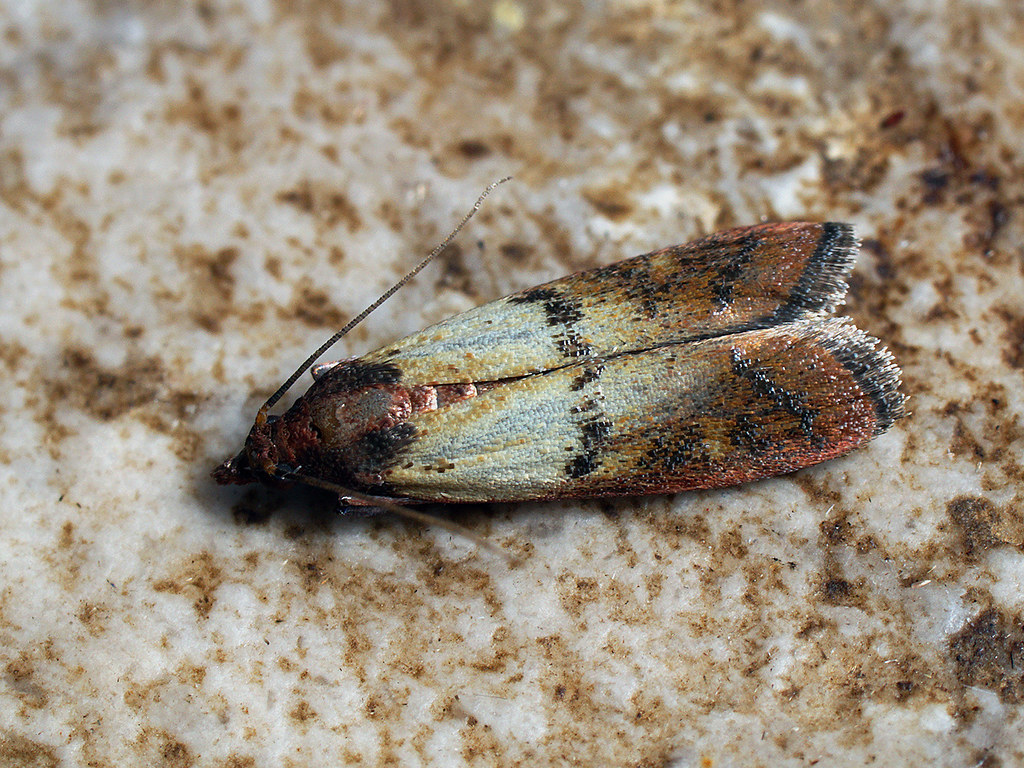
The Indian meal moth might sound exotic, but it’s probably the most common uninvited guest in American pantries. These small, copper-colored moths with distinctive wing patterns don’t just eat your food – they completely transform it into a web-covered mess that resembles something from a horror movie. The adult moths you see fluttering around your kitchen lights are actually the least of your problems.
It’s their larvae that do the real damage, burrowing through cereals, nuts, dried fruits, and even pet food with an appetite that would make a teenager jealous. These tiny caterpillars can chew through plastic bags and cardboard boxes as if they were tissue paper. A single female can lay up to 400 eggs, turning your innocent-looking oatmeal container into a nursery for hundreds of hungry offspring.
Flour Beetles: The Microscopic Miners
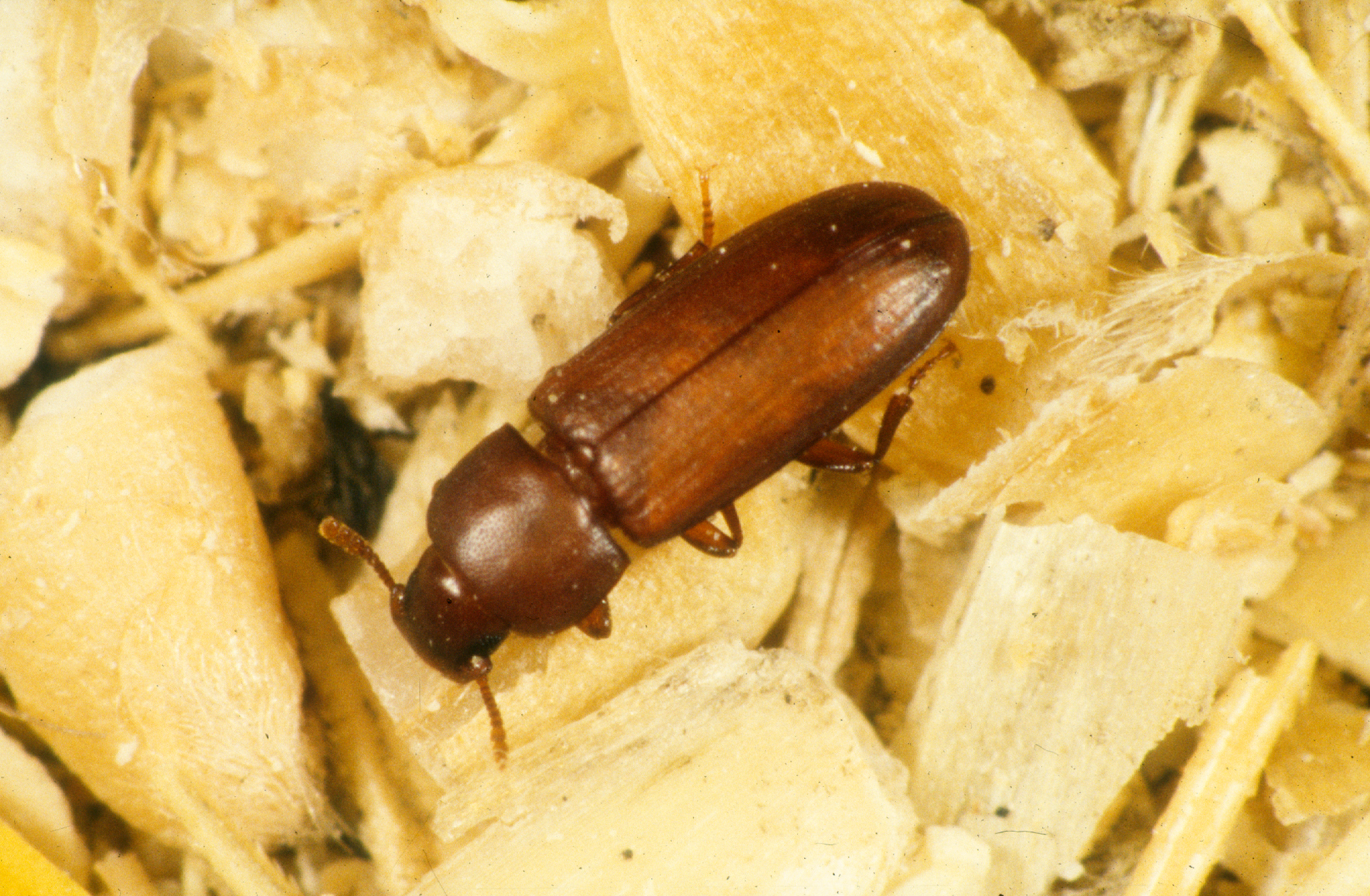
Red flour beetles and confused flour beetles might have amusing names, but there’s nothing funny about finding them in your baking supplies. These tiny, reddish-brown insects are like microscopic mining operations, tunneling through flour, cereal, and dried goods with mechanical precision. They’re so small that you might mistake them for specks of dirt until you notice them moving.
What makes these beetles particularly sneaky is their ability to survive on incredibly small amounts of food. They can live off the flour dust that accumulates in packaging seams and container corners. Their larvae look like tiny worms and can remain hidden in your flour for months, slowly reducing your baking ingredients to a fine, dusty powder mixed with their waste products.
Drugstore Beetles: The Unexpected Omnivores
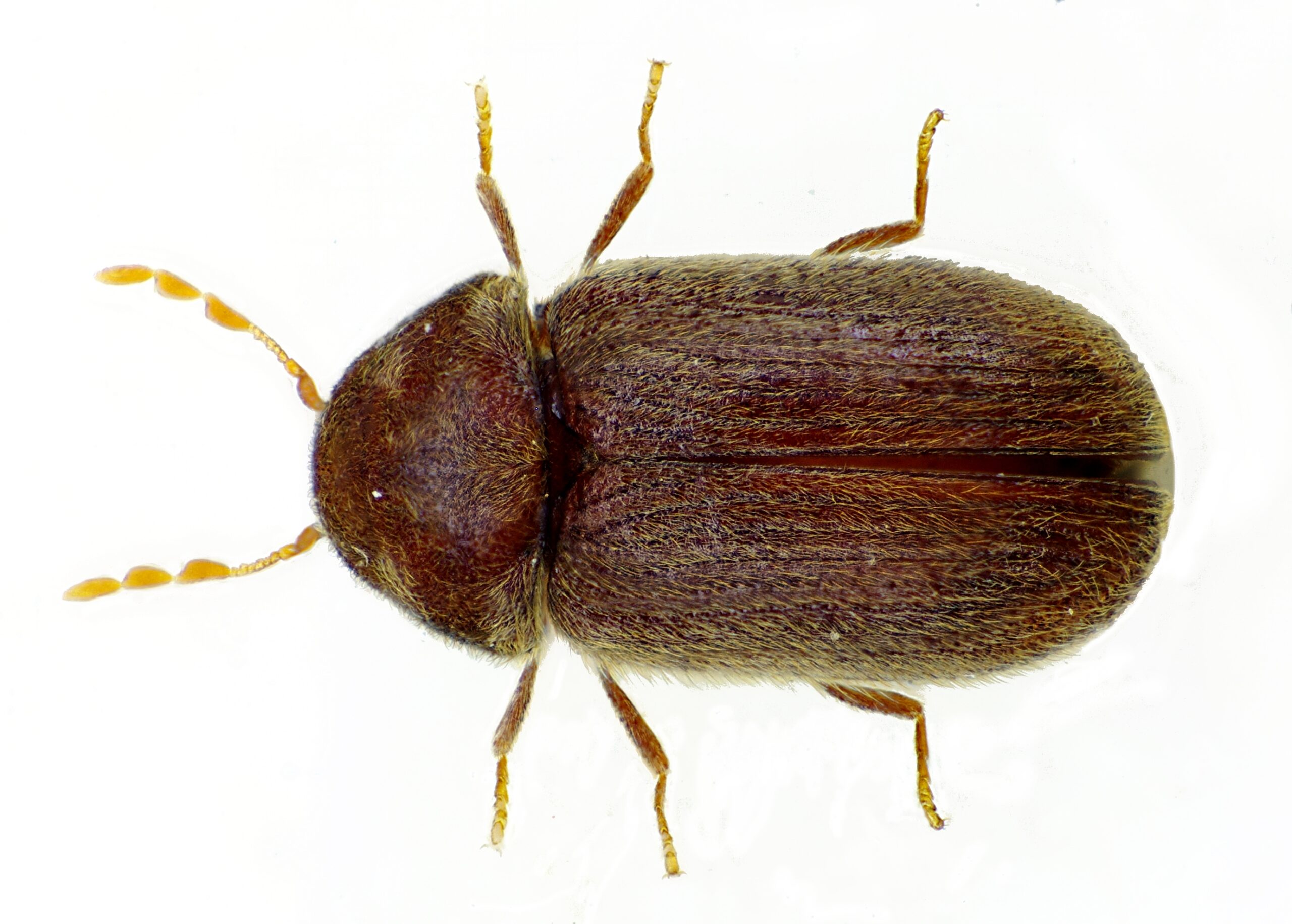
Despite their pharmaceutical-sounding name, drugstore beetles are actually named after their historical habit of infesting old apothecary shops. These small, brown, oval-shaped insects are the ultimate omnivores of the pest world, capable of eating almost anything organic in your pantry. They’re like tiny garbage disposals with legs, consuming everything from spices and dried herbs to leather bookbindings and even prescription medications.
Drugstore beetles are particularly frustrating because they can bore through almost any packaging material, including tin foil and plastic containers. Their larvae create perfectly round holes that look like someone took a tiny drill to your food packages. These beetles can complete their entire life cycle in just five weeks under ideal conditions, meaning a small infestation can explode into a major problem before you even notice the first signs.
Cigarette Beetles: The Tobacco Lovers Gone Rogue
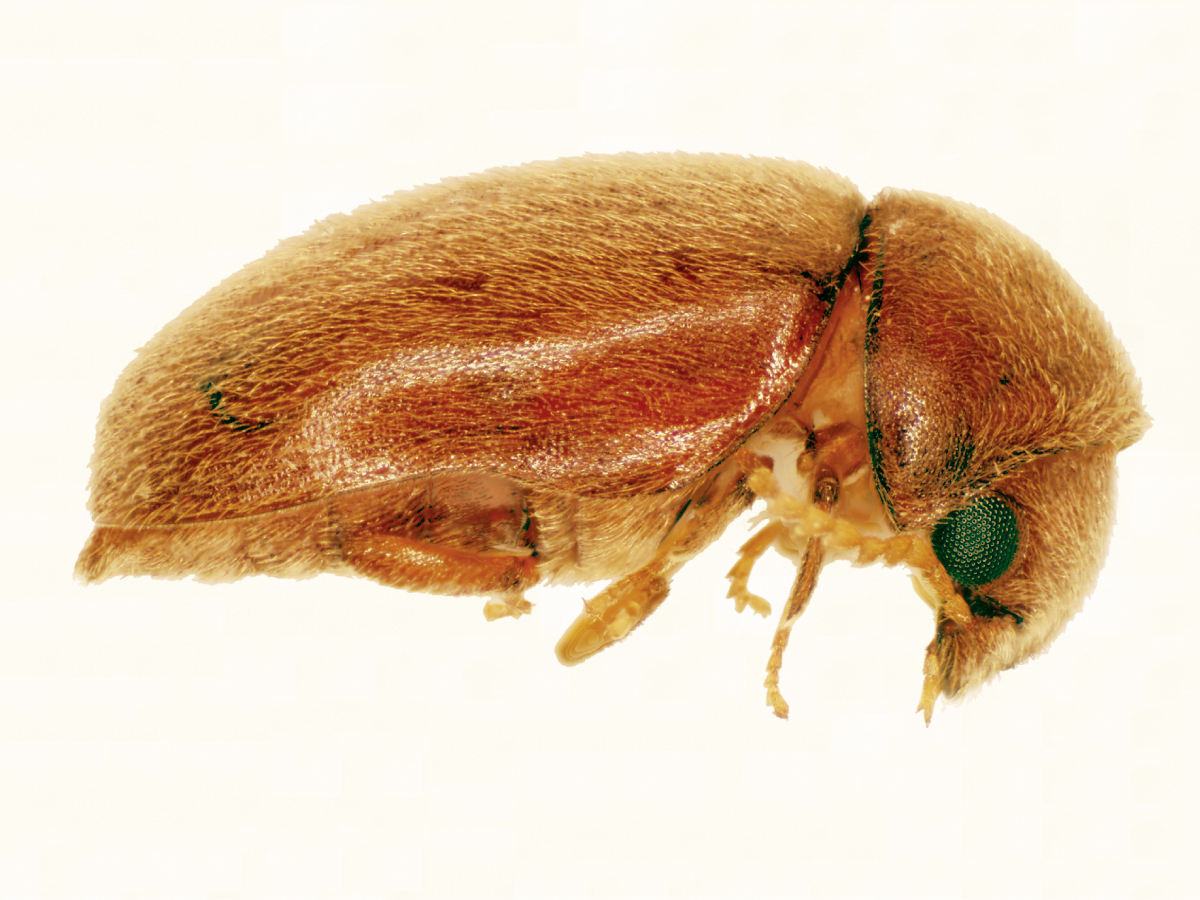
Cigarette beetles originally earned their name by infesting tobacco products, but they’ve expanded their palate to include a surprising variety of pantry staples. These small, light brown beetles are particularly attracted to dried goods with high starch content, making your pasta, rice, and cereal prime real estate for their growing families. They’re often confused with drugstore beetles, but cigarette beetles have a more humpbacked appearance and smoother wing covers.
What makes cigarette beetles particularly troublesome is their ability to survive in extremely dry conditions that would kill other insects. They can extract moisture from the air and from their food sources, allowing them to thrive in sealed containers where other pests would perish. Their larvae create a fine, powdery frass that can contaminate large quantities of food, turning your expensive specialty flours into unusable dust.
Rice Weevils: The Grain Assassins

Rice weevils are like tiny assassins with built-in drilling equipment, using their distinctive elongated snouts to bore into individual grains of rice, wheat, and other cereals. These dark brown insects are remarkably efficient at their destructive work, with females capable of laying eggs directly inside grain kernels. The developing larvae then eat the grain from the inside out, leaving behind hollow husks that look normal on the outside but crumble to dust when touched.
These weevils are particularly challenging to detect because they can remain hidden inside grain kernels for weeks before emerging as adults. They’re also surprisingly strong fliers, capable of traveling significant distances to find new food sources. A single rice weevil can live for several months, and during that time, a female can lay dozens of eggs, each one potentially destroying an entire grain kernel.
Sawtoothed Grain Beetles: The Flat Pack Invaders
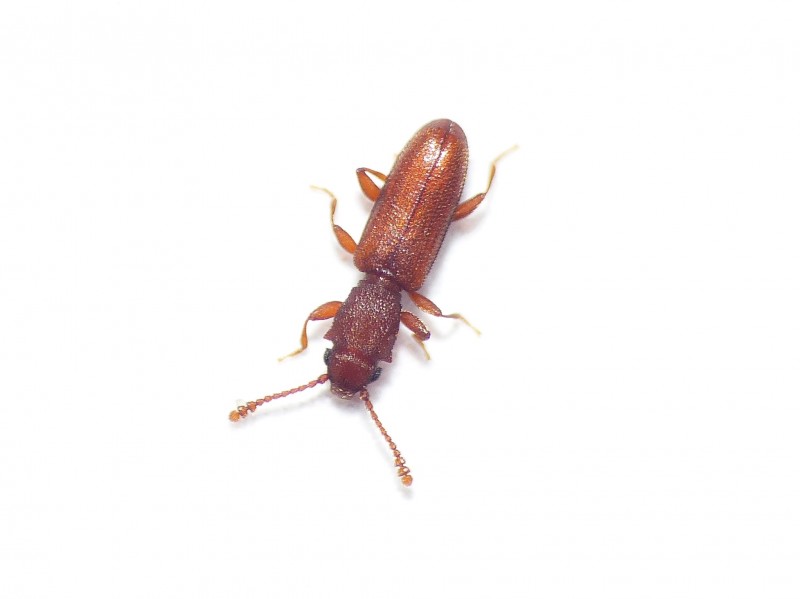
Sawtoothed grain beetles are the ultimate flat-pack invaders, with bodies so thin they can squeeze through cracks and crevices that seem impossibly small. These brownish insects get their name from the distinctive saw-like projections on their thorax, which give them a prehistoric appearance under magnification. They’re particularly attracted to processed foods like crackers, cookies, and breakfast cereals, where they can cause significant damage in surprisingly short periods.
What makes sawtoothed grain beetles especially problematic is their social behavior – they tend to aggregate in large numbers, creating dense populations that can quickly consume substantial amounts of food. They’re also excellent at detecting food sources from considerable distances, using their highly sensitive antennae to locate even small amounts of crumbs or spilled ingredients. Their flat bodies allow them to hide in the smallest spaces, making them extremely difficult to eliminate once they’ve established a foothold in your pantry.
Merchant Grain Beetles: The Moisture Seekers
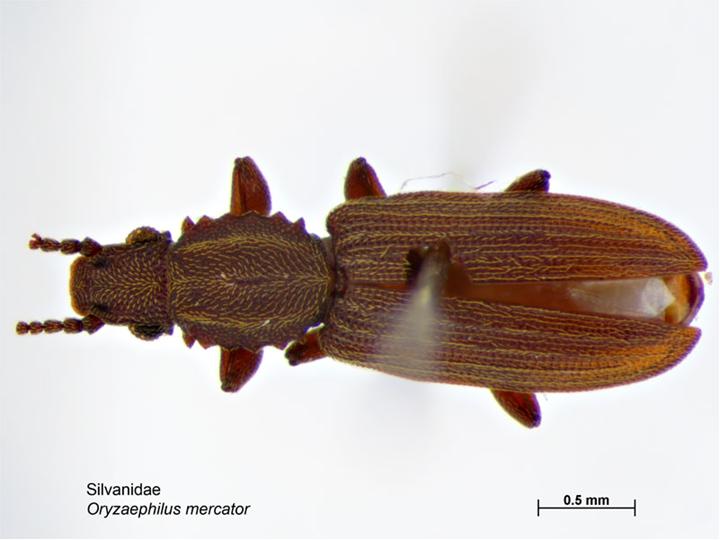
Merchant grain beetles are often confused with sawtoothed grain beetles, but they have a crucial difference – they require higher moisture levels to survive and reproduce. These insects are like living humidity detectors, gravitating toward areas where condensation or moisture has compromised your food storage. They’re particularly problematic in humid climates or during summer months when moisture levels naturally increase.
These beetles are excellent indicators of storage problems you might not have noticed. Their presence often signals that your pantry has moisture issues that could lead to mold growth or other food spoilage problems. They’re also remarkably persistent, with the ability to survive for months on minimal food sources while waiting for conditions to improve. Their larvae are particularly destructive, creating feeding tunnels that can completely compromise the structural integrity of grain-based foods.
How These Pests Enter Your Kingdom

Most pantry pests don’t march through your front door like uninvited dinner guests – they arrive as stowaways in the very groceries you bring home. Many infestations begin at the source, with eggs or larvae already present in products when they leave the processing facility or warehouse. Even premium, expensive products from high-end stores can harbor these microscopic hitchhikers, making price and brand loyalty poor predictors of pest-free products.
These insects are also remarkably good at detecting food sources from surprising distances. Adult beetles and moths can fly or crawl into your home through small openings, following chemical trails left by food odors. Once inside, they’re like tiny detectives, systematically searching for suitable breeding sites and food sources. Some species can even detect food through sealed packaging, making your carefully stored supplies less secure than you might think.
The Hidden Costs of Uninvited Guests

The financial impact of pantry pests extends far beyond the obvious cost of replacing contaminated food. These insects can cause significant structural damage to packaging, leading to secondary spoilage from moisture infiltration and contamination. They also create waste products that can trigger allergic reactions in sensitive individuals, potentially leading to health issues that require medical attention.
Perhaps more frustrating is the time and effort required to eliminate established infestations. Thorough cleaning, inspection, and replacement of contaminated items can take hours or even days, depending on the severity of the problem. Many people also experience psychological stress from discovering their food supplies have been compromised, leading to increased anxiety about food safety and storage practices.
Warning Signs You’re Running a Bug Hotel
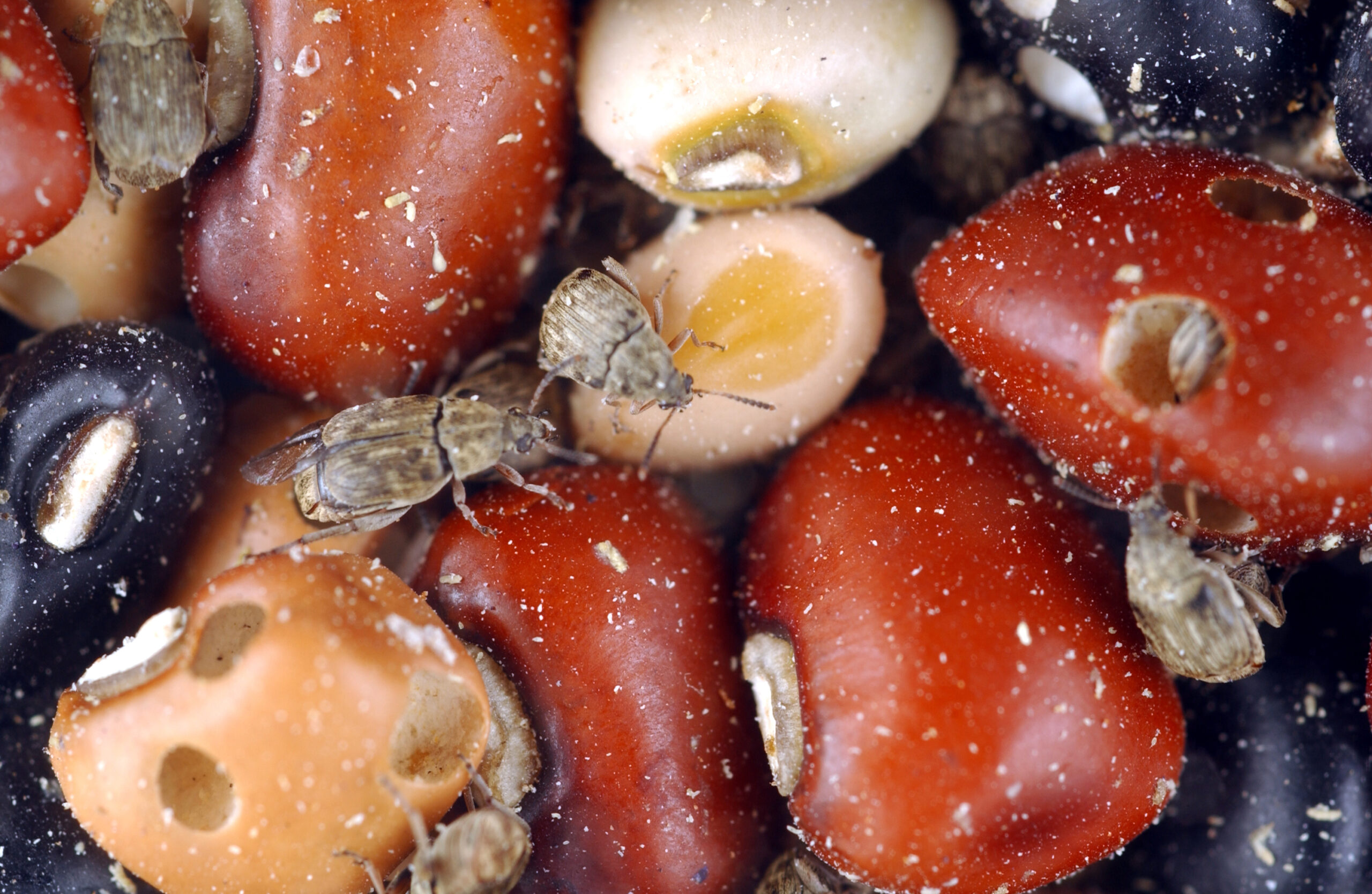
The first signs of a pantry pest problem are often subtle and easy to dismiss as normal wear and tear. Small holes in packaging, fine powdery residue around food containers, or the occasional flying insect in your kitchen might seem insignificant, but they’re actually red flags indicating a developing infestation. Many people notice webbing or silk-like strands in their cereals or grains, which is a clear sign that moth larvae have been busy turning your food into their nursery.
Another telltale sign is the presence of small, dark specks that look like ground pepper scattered around food storage areas. These are actually insect droppings, and their appearance indicates that pests have been feeding and reproducing in your pantry for some time. Strange odors, particularly sweet or musty smells coming from sealed containers, can also indicate insect activity and should never be ignored.
Your Pantry’s Favorite Breeding Grounds

Certain areas of your pantry are like five-star resorts for these uninvited guests. Warm, dark corners where air circulation is poor create ideal conditions for rapid reproduction and development. The space behind large appliances, under shelving units, and in the back corners of deep cabinets often harbor the largest populations because they’re rarely disturbed and maintain consistent temperatures.
Containers with tight-fitting lids might seem secure, but many pantry pests can exploit manufacturing imperfections or wear-related gaps that are invisible to the naked eye. Areas where different food products are stored together also create opportunities for cross-contamination, allowing pests to spread from one food source to another. Even seemingly secure storage areas can become compromised if they’re not regularly inspected and maintained.
The Science Behind Their Success
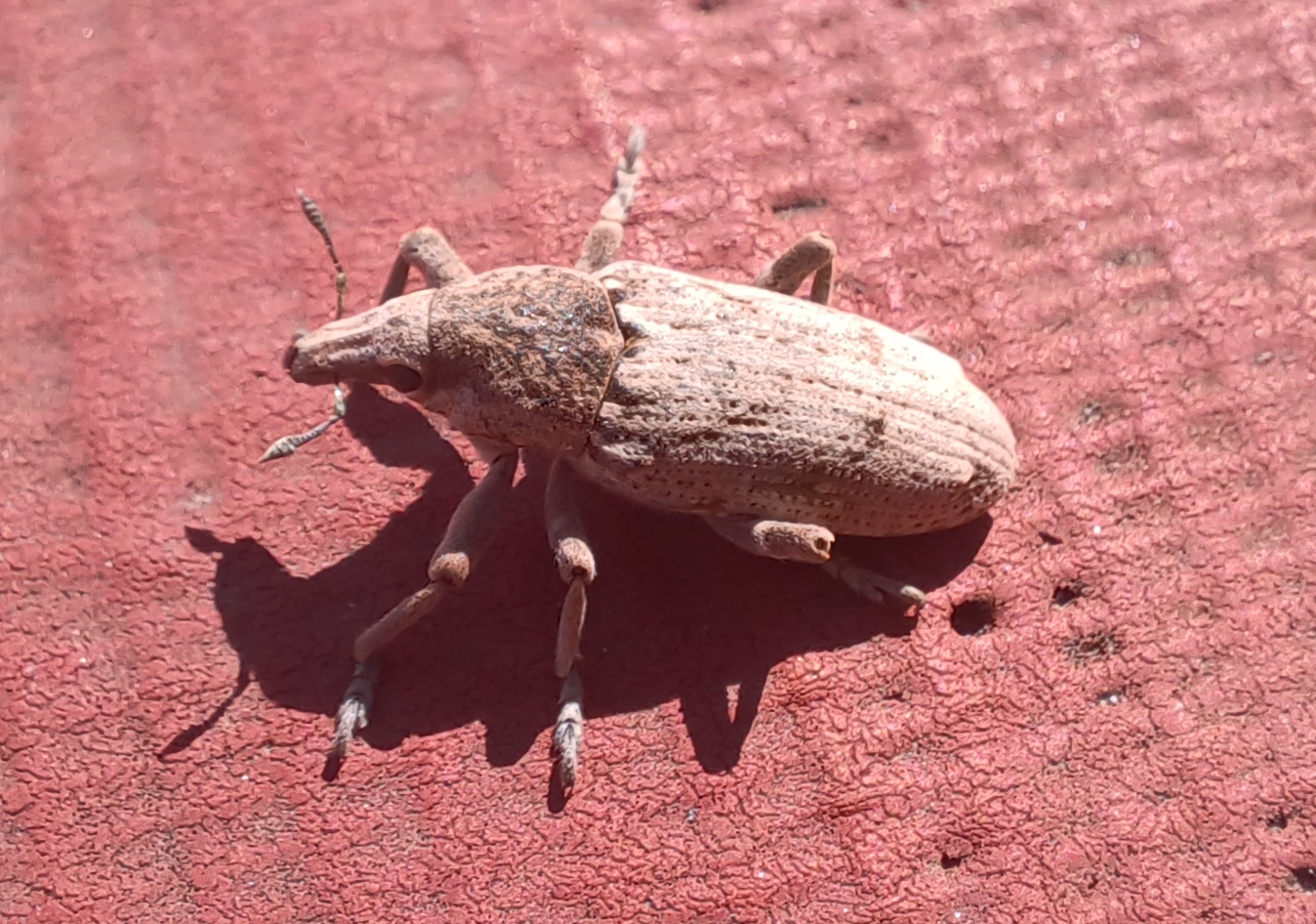
Pantry pests have evolved remarkable adaptations that make them incredibly efficient at exploiting human food storage systems. Many species can enter a state called diapause, essentially hibernating during unfavorable conditions and resuming activity when temperatures and moisture levels improve. This survival strategy allows them to wait out periods of food scarcity or environmental stress that would eliminate other insects.
Their reproductive strategies are equally impressive, with many species capable of producing multiple generations per year under optimal conditions. Some can reproduce without mating through a process called parthenogenesis, allowing a single female to establish an entire population. Their sensory systems are finely tuned to detect food sources, with some species capable of detecting chemical signatures from grain-based foods at remarkably low concentrations.
Prevention Strategies That Actually Work

Effective pantry pest prevention requires a multi-layered approach that addresses both current infestations and future invasions. Regular inspection of all stored food products is essential, particularly items that have been in storage for extended periods. Transferring bulk items to airtight containers immediately after purchase can prevent small infestations from spreading to other foods.
Temperature control is also crucial, as many pantry pests cannot survive prolonged exposure to temperatures below 60°F or above 140°F. Freezing potentially infested items for 48 hours can eliminate eggs and larvae, while maintaining proper humidity levels below 50% makes reproduction difficult for most species. Regular cleaning of storage areas, including vacuuming of cracks and crevices, removes food particles that can sustain pest populations during lean periods.
Natural Solutions That Don’t Require Chemicals

Many effective pantry pest control methods rely on natural substances and techniques that are safe for use around food. Diatomaceous earth, a fine powder made from fossilized algae, can be sprinkled in storage areas to create a barrier that damages insect exoskeletons. Bay leaves, when placed in storage containers, release compounds that many pantry pests find repugnant, though their effectiveness diminishes over time.
Essential oils like peppermint, eucalyptus, and cedar can create aromatic barriers that discourage pest activity, though they must be reapplied regularly to maintain effectiveness. Sticky traps placed strategically around storage areas can help monitor pest populations and capture adult insects before they can reproduce. These natural methods work best when combined with proper sanitation and storage practices rather than as standalone solutions.
Conclusion

The reality of pantry pests is both humbling and fascinating – these tiny creatures have perfected the art of survival in human environments over millennia. They’ve adapted to our storage methods, our food preferences, and even our pest control efforts with remarkable efficiency. Understanding their behavior and biology is the first step toward regaining control of your food storage areas and protecting your investment in quality ingredients.
The key to long-term success lies in changing your perspective from reactive to proactive. Instead of waiting for problems to develop, regular monitoring and preventive measures can keep these uninvited guests from establishing the thriving colonies they’re capable of creating. Your pantry doesn’t have to be a free buffet for these persistent pests – with the right knowledge and consistent effort, you can maintain control over your food storage spaces.
Have you checked your pantry lately, or are you still unknowingly running a full-service restaurant for these microscopic freeloaders?

